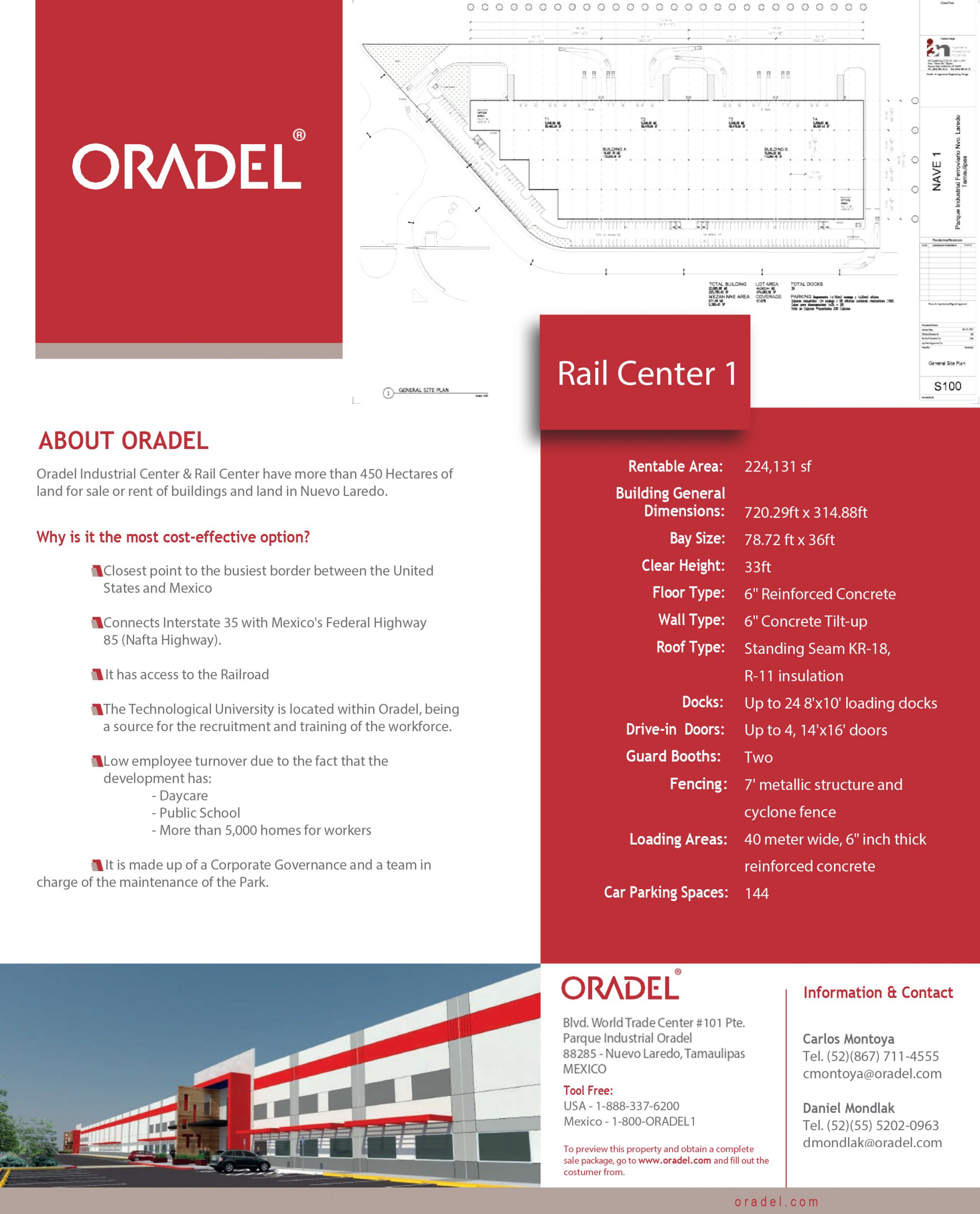GST AutoLeather: Developer and manufacturer of automotive clothing

The logistics sector strengthens value chains
26 June, 2020
Increased hiring in industrial warehouses, challenges the US job market
26 June, 2020
GST AutoLeather: Developer and manufacturer of automotive interiors
GST AutoLeather is a developer and manufacturer of automotive clothing and has operations at Oradel Industrial Center.
Its history begins in 1832 with the establishment of the Byron Tanning Company in Roxbury, Massachusetts, by Joseph Byron. Seventy-five years later, his grandson William D. Byron opened his own tanning business in the Blue Ridge, located in western Maryland. The site was near the Potomac River, with an area of 100 acres where there was a large number of oak stands, which are the main source of tannic acid, which is used in the leather tanning process.
The tanning industry began to prosper, the company continued to grow, modernize and improve its processes, so in 1897 William built his first tanning plant in Williamsport, Maryland.
For his part, in 1926, Alfred Fried launched his own tannery and bag and belt trade company in Manhattan. By 1933 his brothers joined the business and merged with John Flynn and Sons to form Garden State Tanning, a tanning company that processed leather for the upholstery and apparel industries.
They started expanding their producing plant business in Newark, New Jersey and Cleveland, Ohio. In 1946 they entered the automotive industry, developing leather components for automobiles, for which they acquired additional leather tanning facilities.
As leather upholstery became the preferred one for furniture, airplanes, and automobiles, the company changed its focus and focused solely on manufacturing automotive leather.
With the expansion of the automotive leather market, large additional production capacity was required, so in 1976 Garden State Tanning acquired Byron Tanning.
For the past 25 years, GST AutoLeather has continued its tradition of producing high-quality leather for the automotive industry. Therefore, in the 1990s, it partnered with Toyota to become the first American supplier to implement the Toyota Production System.
In addition, it started up a leather sourcing team in South America, and opened a state-of-the-art cutting plant in Saltillo, Mexico.
GST AutoLeather in the new millennium
The company’s expansion strategy continued during the first decade of the new century, there was a transition of the Company’s operations from the United States to Mexico, and additional facilities were opened in Shanghai and Zhongshán, China and Nuevo Laredo, Mexico.
In 2008, GST and Advantage Partners, LLP, an Asia-based private equity company, entered into an agreement whereby Advantage Partners purchased 100% of GST. This acquisition strengthened the company’s market expansion strategies, specifically its intention to capture the growing Chinese auto market.
In 2010, GST acquired Seton Company, a company founded in 1906 and considered a major supplier of upholstery leather, thereby establishing itself as one of the largest manufacturers of automotive leather in the world.
Thanks to the acquisition, the company obtained Seton’s operations in North America, China, South Korea, Europe and South Africa. In the first three markets, the company continued to market its products under the GST brand, while in the last two, the products are marketed under the name Seton AutoLeather, a GST AutoLeather company.
Oradel, as a fundamental piece in the growth of GST AutoLeather
GST AutoLeather Nuevo Laredo was established at the beginning of the new millennium as part of the expansion strategy of the company, which began finishing operations at the Oradel Industrial Center.





